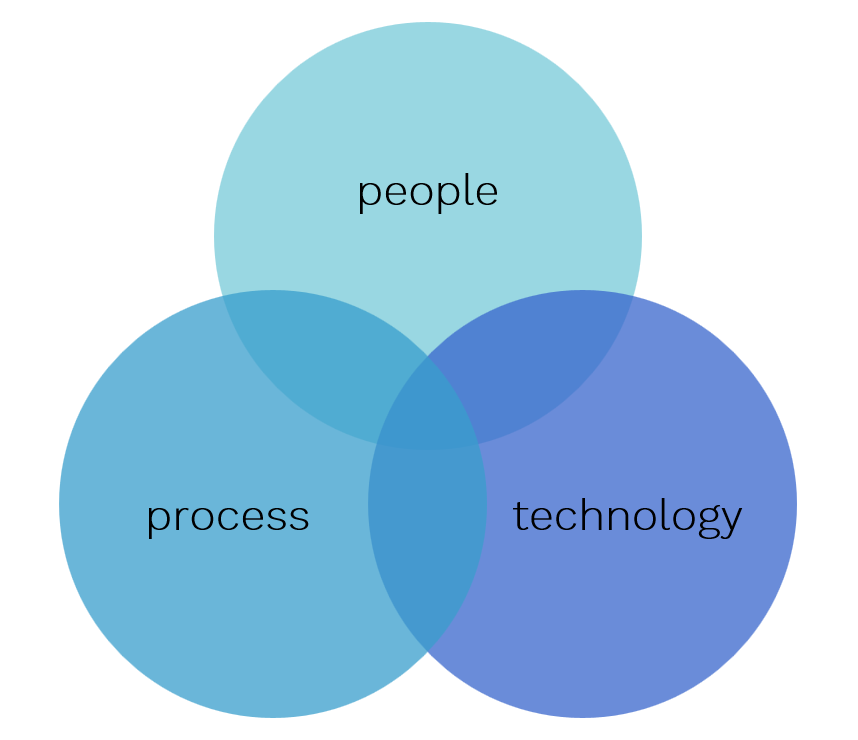
“Workplace” and “workspace” are often used interchangeably but they’ve come to represent distinct concepts as technology has created new possibilities for where and how work happens. Beyond semantics, understanding the differences between the two terms is useful for visualizing the many layers of employees’ interactions with technology and seeing how they interconnect. IT leaders can use this knowledge to identify ways to align IT bandwidth with broader business goals.
Unsure of what qualifies as a digital workplace versus a workspace? Here are five key distinctions to help you spot the difference:
1. Workplaces are fixed; workspaces are fluid
The workplace is where you go to work; the workspace is where you do your work—place vs. space. For the most part, workplaces are fixed physical locations like office buildings, schools, and hospitals where employees gather to work under the same roof. In addition to desks and boardrooms, workplaces contain lobbies, communal dining areas, and amenities like gyms or game rooms. Workplaces focus on the total employee experience and shape corporate culture.
In contrast, the workspace is the modern equivalent of the workstation. The era of the deskbound 9-5, one-size-fits all workstyle is ending as employees seek to improve work-life balance and to uncover new ways of working more efficiently. This shift has been fueled by the widespread adoption of consumer technologies that have enabled greater mobility and the potential to work anytime from anywhere. An enabled user can enter the workspace while traveling, working from home, or in a flexible workplace without permanent desk assignments. By augmenting and improving the workspace, organizations can effect change at the core of where work happens. When inhabiting the workspace, it is helpful to think of employees as users (or end users from the POV of IT) whose series of digital interactions represent the essential work that powers an organization.
2. Workspaces can include non-human digital agents
By nature, non-human agents do not currently exist in the vast majority of workplaces. Thus, any work done by digital agents is performed in the workspace (the results of such work may or may not be visible in the workplace). Examples include digital assistants, bots, AI, software used in self-driving vehicles, and synthetic users that help test environmental thresholds. Most of these technologies are too new or underdeveloped to be deeply integrated into the workflow (with the exception of synthetic users), but when they are, they’ll function in the workspace.
3. The workspace is a component of the digital workplace
On the surface, the workspace and the digital workplace seem synonymous. The digital workplace is the digital equivalent of the physical workplace; in other words, the environment that supports employees and their working needs, including technology. According to Gartner’s definition, “The Digital Workplace enables new, more effective ways of working, raises employee engagement and agility, and exploits consumer-oriented styles and technologies.” So, if the workspace and the digital workplace both concern the intersection between people and technology, where does that leave the concept of the workspace?
If we consider our earlier distinctions between the workplace and the workspace, the difference becomes clear. Fundamentally, workplaces are the supporting infrastructure that nurtures work, whereas workspaces are where work occurs. Consider this Venn diagram:

Each circle represents an essential component of work:
People: The individuals who perform work. Each employee has unique preferences and needs based on roles and workstyles.
Process: The actions that make up work and vary depending on employee needs and available technologies. Responding to an email is one example of a process.
Technology: The devices and applications used by people to perform process.
The digital workplace supports this structure from the outside-in, whereas the workspace supports from the inside-out. The digital workplace encompasses the workspace, but can also include elements outside of it, such as employee metrics, HR systems, and in general tech that affects the human experience but does not necessarily touch the core of where work happens.
For example, the digital workplace may be concerned with the creation of digital meeting rooms outfitted with smart whiteboards and touchscreens to better connect a globally-dispersed workforce. A digital workplace initiative affects work culture by seeking to harness digital solutions to improve the methods through which employees communicate and collaborate. To implement such a solution, an organization may gather data on what areas are popular meeting points for employees or how many global conference calls occur on a weekly basis. The workspace informs this process by enabling insights such as how the technology is performing and whether it’s being utilized. By analyzing the workspace, organizations can grade the effectiveness of digital workplace initiatives and provide actionable insights into how to improve the performance of technology to provide the best end-user experience.
A recent joint report from VMware and Forbes Insights called “The Impact of the Digital Workforce: A New Equilibrium of the Digitally Transformed Enterprise,” highlights the interplay of the digital workplace and the workspace as well as the importance of prioritizing both in order to achieve digital transformation. In one finding, employees at companies that prioritize making apps readily available were nearly three times as likely to rate their company as a leader in digital transformation versus employees of companies that don’t focus on app accessibility (81% vs 31%). Meaning, employees working for companies that embrace this aspect of the digital workplace strongly noticed the difference in the workspace. Similarly, employees at companies that make apps readily available and easily accessible were nearly five times as likely to report gains in personal productivity (63%) versus those working in more traditional workplaces (14%). The strength of employee sentiment around a digitally-empowered workspace is clear: a closer alignment of people, process, and technology results in notable workflow improvements.
Why not say “digital workspace”?
Well, some companies do and it’s perfectly valid. However, more and more, the workspace is a digital one, to the point where adding the adjective seems redundant. Regardless of industry or role, employees need Wi-Fi, suitable apps and devices, and technical support. It is increasingly difficult to identify jobs that have not been impacted in some way by the proliferation of computers.
4. The workspace is the home of IT
IT employees should have the easiest time grasping the difference between the workplace and the workspace. An easy check is to ask whether something is under the purview of IT. If it is, that thing is part of the workspace. The main function of IT is to manage and monitor people’s interactions with technology. The workspace therefore represents the best point of view for IT, and the greater the overlap between people, process, and technology, the greater the visibility for IT. Endpoint monitoring tools are particularly powerful for exactly this reason. By gathering usage and performance data directly from an end user’s machine, IT can view the end user, his or her actions, and the behavior of technology simultaneously. Non-endpoint solutions can provide pieces of the narrative, but never offer the full story.
Workspace analytics solutions are designed to increase IT visibility of the workspace by providing meaningful insights into productivity by analyzing end users, the business processes that encompass their jobs, and the technologies they use to get work done. These solutions work by monitoring the end-user experience in order to optimize endpoint performance and improve end users’ ability to be productive.
5. A rose by any other name…
Ultimately, there’s no point in getting hung up on definitions. The survival of language is dependent on its ability to adapt to suit our needs. Meanings inevitably shift as culture changes and new technologies gain mainstream adoption. Knowing how the pieces of the digital landscape are coming together to influence business success at an organization is most important. At the root is the employee/end user. That is where the real value of work happens. Prioritizing end users in your digital initiatives and bettering their experience is an approach that will continue to win out even as our definition of “work” evolves.
Subscribe to the Lakeside Newsletter
Receive platform tips, release updates, news and more



